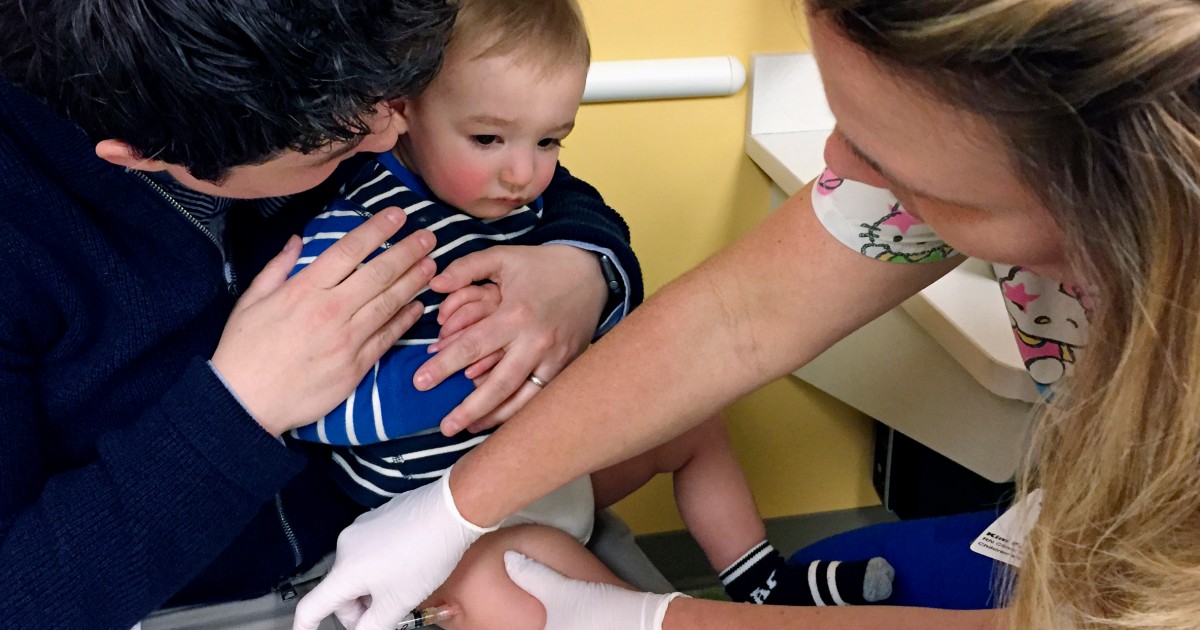
Mumps cases continue to circulate in the U.S., largely among vaccinated people, including children.
Cases of mumps, once a common childhood illness, declined by more than 99 percent in the U.S. after a vaccine against the highly contagious respiratory infection was developed in 1967. Cases dropped to just 231 in 2003, down from more than 152,000 in 1968. But cases began climbing again in 2006, when 6,584 were reported, most of them in vaccinated people.
According to the report from the Centers for Disease Control and Prevention, one-third of mumps cases in the U.S. from 2007 to 2019 were reported in children and adolescents. As many as 94 percent of those who contracted the illness had been vaccinated.
“Before that, large outbreaks of mumps among people who were fully vaccinated were not common, including among vaccinated children,” said Mariel Marlow, an epidemiologist at the CDC who led the new study. “But the disease symptoms are usually milder and complications are less frequent in vaccinated people.”
Experts aren’t sure why vaccinated people get mumps, but multiple factors appear to be affecting immunity in vaccinated people, including a lack of prior exposure to the virus, waning immunity and the circulation of genotypes the vaccine doesn’t contain.
The mumps virus is spread through direct contact with saliva or respiratory droplets from the mouth, the nose or the throat of an infected person. An infected person can spread the virus by coughing, sneezing, talking or sharing drinks or during close-contact activities, such as sports. Nearly 91 percent of the U.S. population has had at least one dose of the two-dose measles, mumps and rubella, or MMR, vaccine, which is administered between 12 months and 6 years and is 88 percent effective against the disease.
Cases in recent years have largely been driven by big localized outbreaks, although a peak in 2016 and 2017 included more than 150 outbreaks reported in 37 states and Washington, D.C., amounting to about 9,000 cases. Mumps cases decreased last year compared to the previous six years, but the illness continued to circulate in the U.S. despite distancing, lockdowns and masking. From April 1, 2020, to the end of the year, 32 health departments reported 142 mumps cases.
Disruptions from the Covid-19 pandemic resulted in many children missing well-child visits and routinely recommended vaccines, including MMR, which could contribute to a future increase in cases or outbreaks.
Mariel Marlow, CDC Epidemiologist
The numbers are still low, and they aren’t a reason to believe vaccines are no longer effective, said Joseph Lewnard, an assistant professor of epidemiology at the School of Public Health at the University of California, Berkeley.
“We’re talking about an infection that almost every kid in America would get before they were 20. Compared to the pre-vaccine era, kids who get the MMR vaccine remain extremely protected against mumps,” Lewnard said.
Breakthrough cases
In some people, antibodies from mumps vaccination decrease over time, reducing protection. Lewnard said older adolescents are most at risk during outbreaks among young people because they are more likely than younger children to have reduced immunity due to waning vaccine protection.
“Protection is still high, but there will be some who lose protection within a decade or less even after they are vaccinated,” he said.
Marlow said most people aren’t routinely exposed to mumps, so there is also less immunologic boosting — when people are exposed to mumps that boosts their immunity but doesn’t make them sick. Because mumps has continued to circulate globally during the pandemic, she expects cases and outbreaks of mumps nationally that could be worsened by a bigger unvaccinated population to continue.
“We know that disruptions from the Covid-19 pandemic resulted in many children missing well-child visits and routinely recommended vaccines, including MMR, which could contribute to a future increase in cases or outbreaks,” she said.
A third dose?
Dr. Amesh Adalja, a senior scholar at the Center for Health Security at the Johns Hopkins Bloomberg School of Public Health, said the U.S. mumps vaccines contain genotype A strain, which no longer circulates in the U.S. But that doesn’t seem to make the vaccines less effective.
“That’s one of the mysteries of understanding this is because when you give the genotype A vaccine during an outbreak, it still works,” he said. “We’ve seen that during outbreaks on college campuses, a third dose of MMR is enough to stop it.”
Adalja said combating new outbreaks may be as simple as shifting the MMR vaccine schedule from two to three doses. Adjusting the schedule is nothing new: The CDC’s Advisory Committee on Immunization Practices initially recommended a single dose of the mumps vaccine for routine use in 1977 and upped it to two doses in 1989.
In 2017, the panel suggested that a third dose of the MMR vaccine may be given to people at high risk of catching mumps during large outbreaks.
“Maybe we will need to update the vaccine to make it more tailored to the strain we’re seeing, but this might not be necessary. The current vaccine still works very well, and when it doesn’t work, a third dose does,” Adalja said.

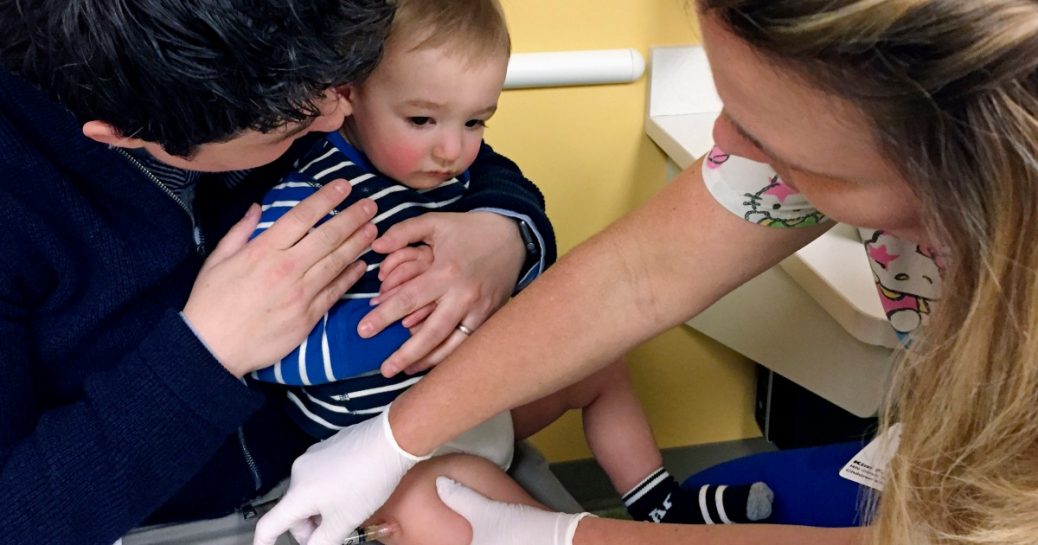
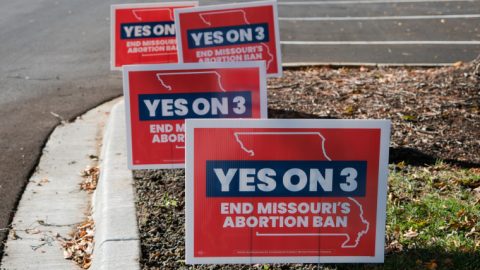




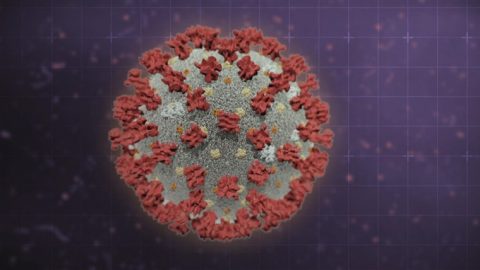
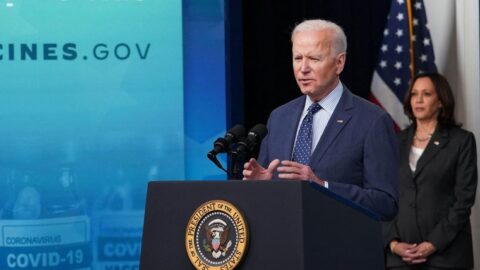
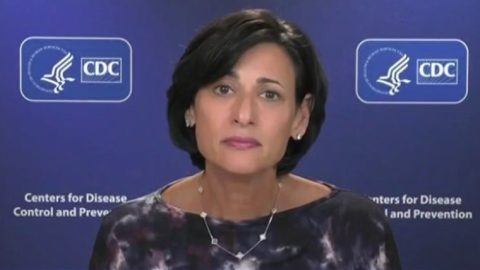
Recent Comments